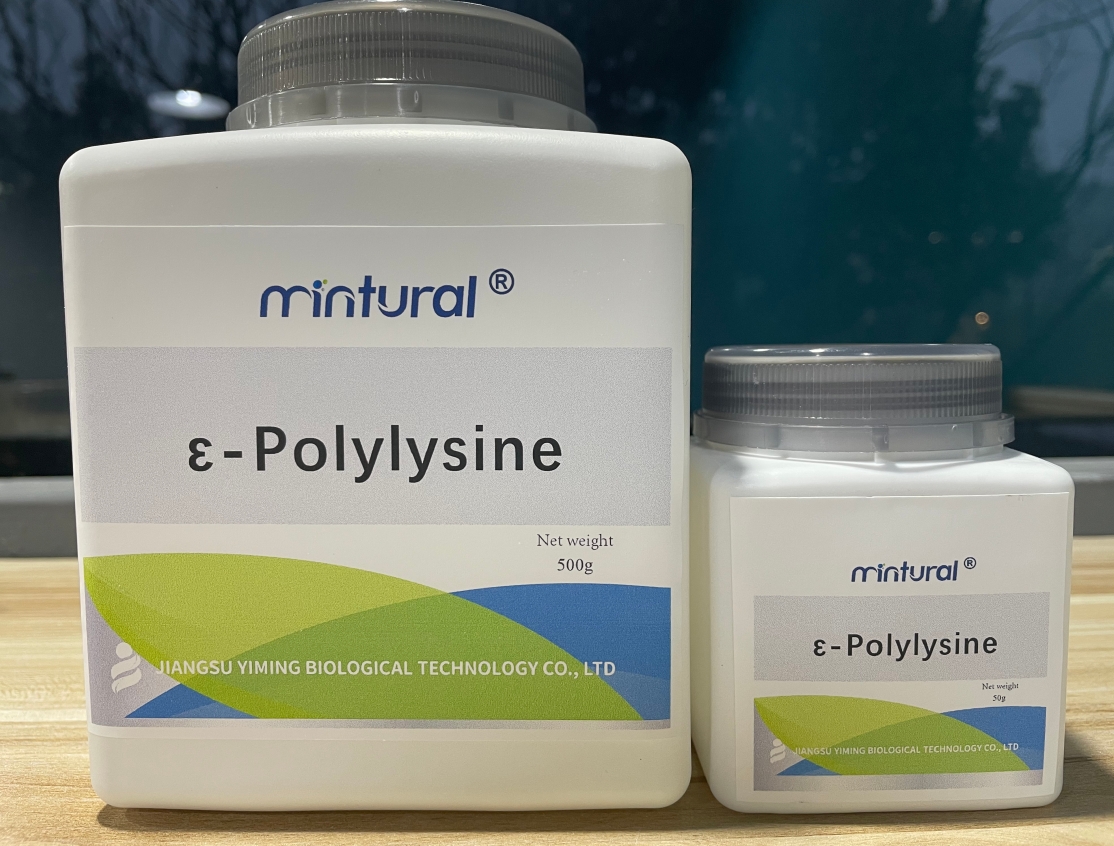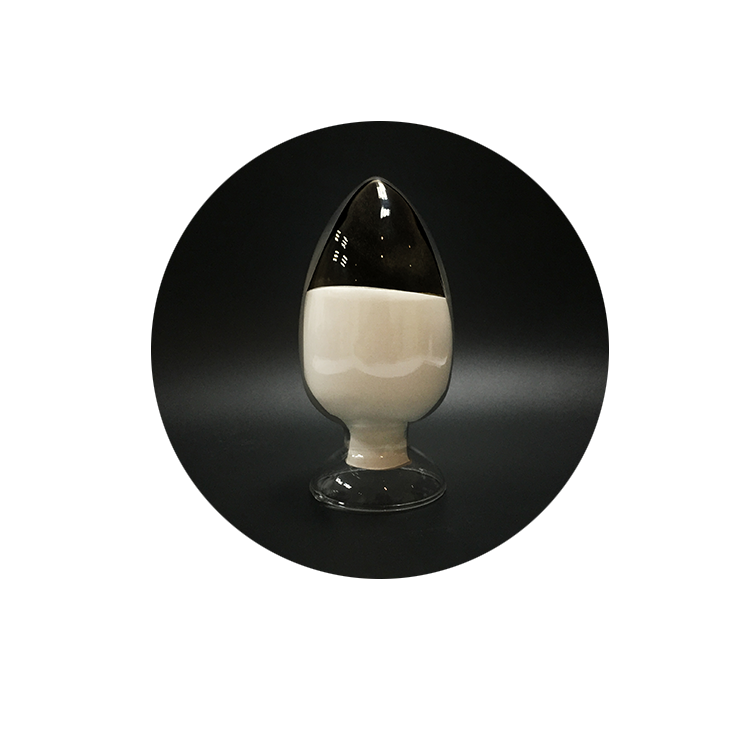Dehydroacetic acid removed| A new anti-corrosion and antibacterial solution
Under the background of dehydroacetic acid removal, Yiming Biotech provides you with a new anti-corrosion and antibacterial solution.
As a broad-spectrum food preservative, dehydroacetic acid and its sodium salts have strong inhibitory effects on fungi and yeast. It can be completely absorbed by the human body and can inhibit various oxidase enzymes in the body. However, long-term excessive intake can harm human health.

The Codex Alimentarius Commission (CAC) has not approved dehydroacetic acid and its sodium salts as food additives; The United States, Japan and other countries allow its use, but the amount and scope of use are strictly controlled. China also attaches great importance to the safety of dehydroacetic acid and its sodium salts. The National Food Safety Risk Assessment Center has commissioned the Beijing Center for Disease Control and Prevention to conduct research on their safety. The research results show that the acute oral toxicity of sodium dehydroacetate in mice belongs to the low toxicity level, and female mice are more sensitive. Subacute toxicity, 200mg/kg BW and 100mg/kg BW doses can cause abnormal changes in multiple indicators in rats, and the specific mechanism needs further research.
After this safety study, the National Food Safety Risk Assessment Center plans to significantly reduce the use and scope of dehydroacetic acid and its sodium salts in food. This means that this preservative, which has accompanied the Chinese food industry for more than 20 years, may bid farewell to the historical stage. With the release of 47 national food safety standards and 6 modification orders, including the National Food Safety Standard for the Use of Food Additives (GB 2760-2024) by the National Health Commission and the State Administration for Market Regulation this year, standards in multiple fields have been revised and updated, and will be officially implemented on February 8, 2025. Among them, the comparative version of sodium dehydroacetate GB 2760-2014 limits multiple application ranges, including starch products (detailed list below). In this trend, seeking more healthy and effective anti-corrosion solutions has become a new topic for the food industry to explore together.

ε- Polylysine hydrochloride which produced by Yiming Biotech is essentially a peptide with antibacterial properties. As a natural food preservative, it can be broken down into essential lysine in the human body. Therefore, ε- Polylysine hydrochloride is much safer than other chemical preservatives and can also be compounded with other food additives, greatly improving its anti-corrosion and antibacterial properties.
At present, we have developed other fresh-keeping schemes for fruits and vegetables, rice noodles, pickles and conditioned meat on the formula of ε-polylysine hydrochloride to meet the needs of enterprises for preservation and fresh-keeping of different types of products in a more healthy way.
Fresh Treasures of Fruits and Vegetables (PL-05)
Function: Used for freshness preservation of fresh fruit products, extending product shelf life
Usage: Dissolve 0.42g in 920ml of water, add 80ml of anhydrous ethanol, mix well, soak fruits and vegetables in it for 10-15 minutes, remove and drain, and package. No ethanol can be added.

Fresh and Wet Rice Noodles Treasure (PL-A01)
Function: Used for preserving rice noodle products and extending their shelf life
Usage: Mix the product with dry powder salts and produce according to the actual process

Pickled vegetables Fresh Treasure (PL-07)
Function: It is used to keep salted vegetables and Pickled vegetables fresh and extend the shelf life of the product Usage: weigh 1g of compound preservative per kilogram of product (total weight of product added with water), fully dissolve it with a small amount of water, and then add it together for pickling.

Seasoned Meat Treasure (PL-08)
Function: Used for pre conditioning meat and extending product shelf life
Usage: Dissolve 0.75g of the compound preservative in 50ml of water, heat in an 80 ℃ water bath for 20 minutes, stir intermittently, cool, and add to 1kg of conditioned meat. Mix well.


